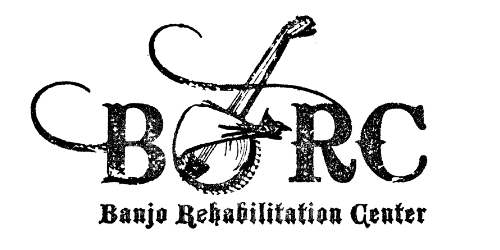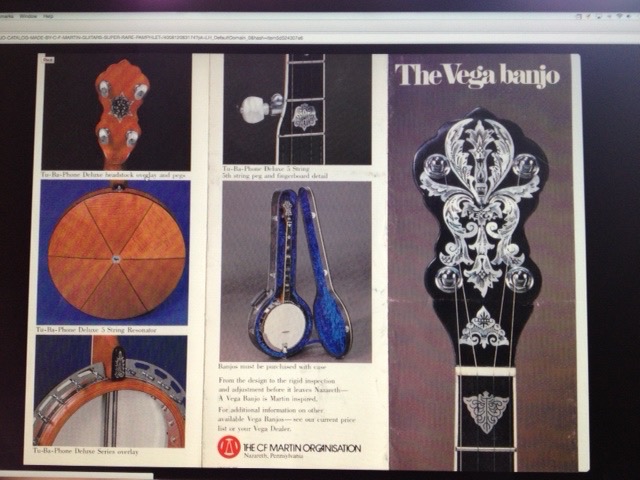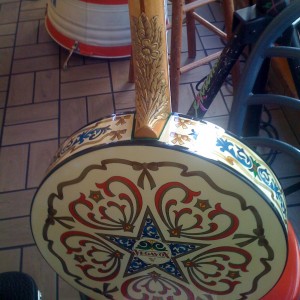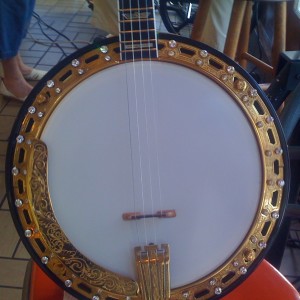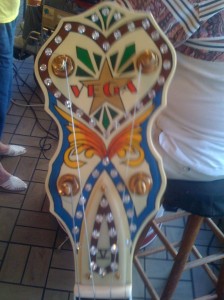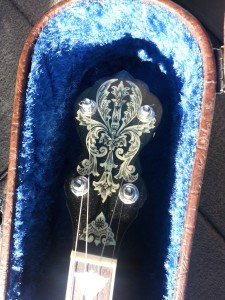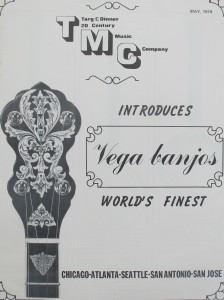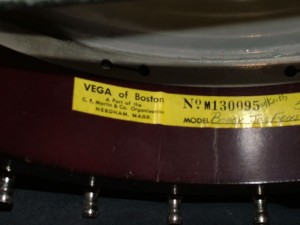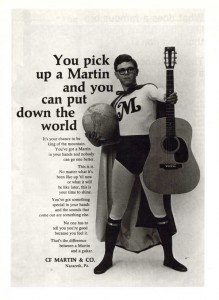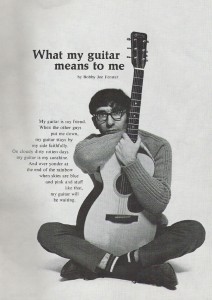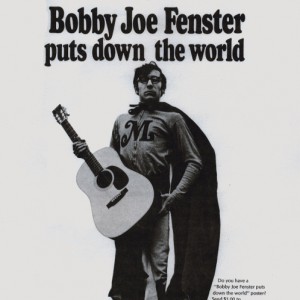From the BRC Mailbox:
Dear Reader- Thank you for sharing the detailed photographs of your mint-condition Vega Martin V-76 banjo and its documents. This model of a commemorative 5-stringer and its matching D-76 guitar celebrated the US Bicentennial year of 1976 and represented C.F. Martin`s first foray into a limited edition series. The company planned to manufacture a total of seventy-six V-76 banjos as well as 1,976 issues of the D-76 guitar.
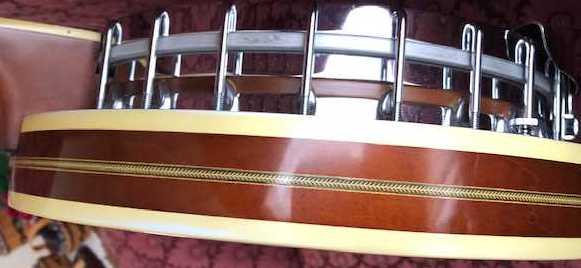
The outer rim of the banjo resonator had a unique strip of herring bone marquetry, and there were thirteen mother of pearl (MOP) stars on the fretboard representing the original 13 colonies. Engraved on the tailpiece and truss rod cover was the number “76.”

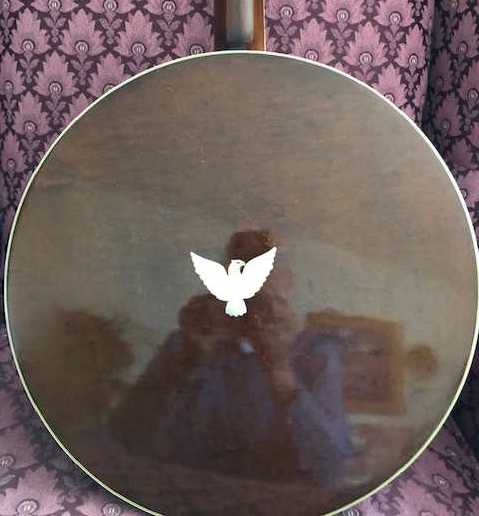
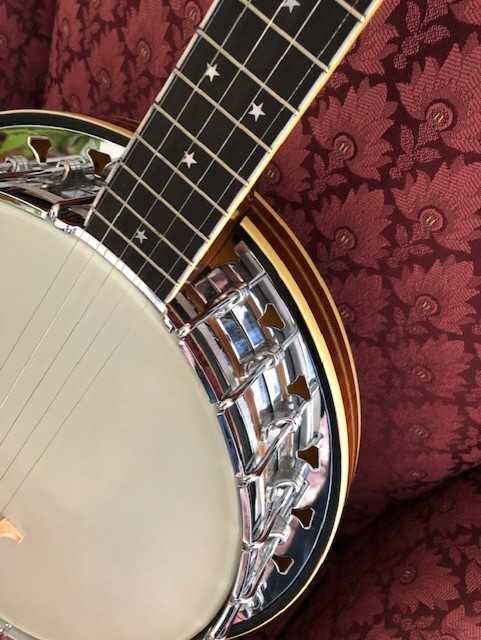
There was a MOP eagle on the peg head, and also on the back of the resonator. A commemorative brass plaque with the owner`s name and special Bicentennial production number of the banjo (#53 in your case) was placed on the back of the headstock, and these data were entered into the Martin Archives.
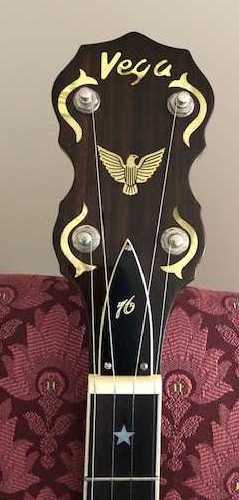
Your banjo with its factory serial number 1577, located on the interior of the rim, was one of a lot of sixty V-76 banjos built in early 1976 per Shop Order 2287 in Nazareth, PA. According to the Shop log book, a total of eighty-one V-76 instruments were ultimately made, as well as an additional seven V-76E banjos designated for employees only.
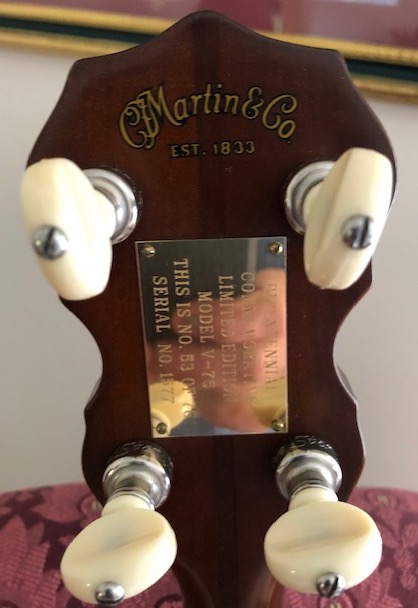

C.F. Martin overestimated the market for the V-76 and D-76 instruments, and both were overpriced. This eventuated in an unsold inventory for the factory and its distributors. My spouse reflects that the marketplace was likely still clouded by the turmoil of the recent Vietnam Conflict. Having served active duty military in the late 1970`s, I proffer that this theory may well be explanatory. The Martin Company was thereafter wary to venture into limited edition series for years. C. F. Martin did not publish its suggested retail prices after 1971, so the original price tag on the V-76 is not readily known. At this writing, the factory is currently shuttered because of the pandemic, and maybe you could email them after they reopen to ask if their Archives might shed any light on the 1976 pricing data for the V-76 banjo.
Because of the pristine condition and thorough documentation of your instrument, my estimate is that its current worth in about $1.7K. Hope this helps.
From the BRC: Be safe, be well, and be picking this holiday weekend, and be thankful to our service men and women.
